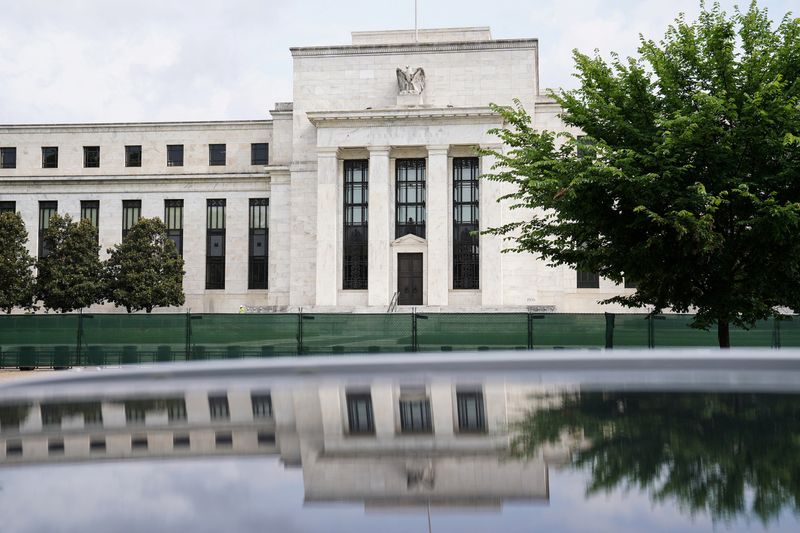
They believe that this uncertainty, coupled with stronger supply, “should both work to shake the Fed from its gradualist guidance, even before this uncertainty is resolved.”
JPMorgan argues that a reduction in labor market pressure could boost confidence that service price inflation will decline, reinforcing the belief that the Fed’s current policy stance is sufficiently restrictive.
“Importantly, it reduces lingering concerns that inflation salience and elevated wage inflation could generate a feedback loop that entrenches inflation and undermines Fed credibility,” the bank’s economists explain.
Recent comments by Fed officials, including the FOMC minutes and Chair Powell’s Jackson Hole speech, signal that the Fed may respond by reducing rates by approximately 100 basis points by the end of the year.
However, JPMorgan notes that while the U.S. might experience easing job growth and a supply-side boost that raises unemployment rates, this trend is not as apparent in other economies.
They caution that, based on previous instances, the impact of Fed policy changes on other economies tends to be limited unless there is a synchronized shift in macroeconomic fundamentals or financial market conditions. Therefore, economists believe the Fed’s expected shift away from gradualism will not be mirrored more broadly.
While the growing uncertainty around the sources of what JPMorgan describes as “new US exceptionalism” might lead to a roughly 100 basis point easing in the coming months, it leaves the outlook for 2025 unclear, the note continues.
Economists argue that how this uncertainty plays out—whether it stems from weakened demand or an ongoing supply boost—could result in very different policy directions.
For instance, if labor demand weakens significantly and pushes the economy toward a recession, it could lead to outsized cumulative Fed rate cuts of at least 300 basis points.
Such reductions “would almost certainly have broad global repercussions,” economists emphasize.
“Alternatively, stabilization in labor demand at a still solid pace would likely moderate Fed growth concerns and reinforce a view that the near-term neutral rate is elevated,” they added.
Together with the growth boost expected from the initial easing, intended to counter risks that don’t materialize, the policy adjustment may slow and possibly stall as rates approach 4%.
To read the full article, Click Here
